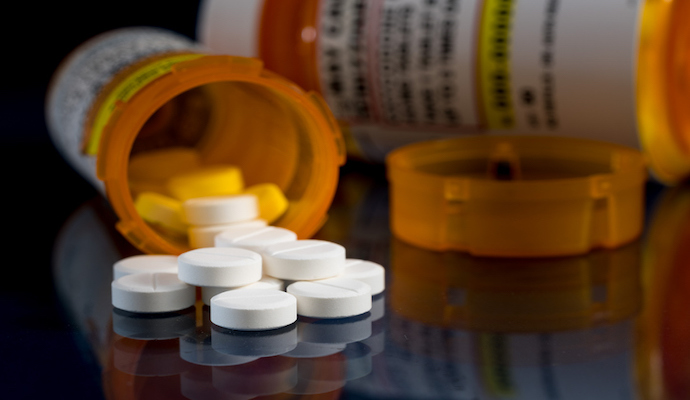Phase 3 Study Finds Roche’s Acute Myeloid Leukemia Drug Effective
Venclexa combined with azacitidine reduced the risk of death in patients with acute myeloid leukemia by 34 percent compared with azacitidine alone.

Source: Thinkstock
- Roche recently announced positive phase 3 results from a study evaluating Venclexta (venetoclax) in individuals with untreated acute myeloid leukemia (AML) who were ineligible for intensive induction chemotherapy.
The study, VIALE-A, found that venetoclax combined with azacitidine reduced the risk of death by 34 percent compared to azacitidine alone and also led to higher rates of composite complete remission, at 66.4 percent compared to 28.3 percent.
The study also met its secondary endpoint of CR and CR with partial haematologic recovery, with the combination showing a CR + CRh of 64.7 percent compared to 22.8 percent with azacitidine alone, Roche said.
“We are very pleased to present these important results from people with acute myeloid leukaemia, especially those who are unable to tolerate intensive chemotherapy and therefore have limited treatment options,” Levi Garraway, MD, PhD, Roche’s chief medical officer and head of global product development, said in the announcement.
“The significant survival benefits observed in the VIALE-A study reinforce the potential utility of this Venclexta/Venclyxto-based combination for people with this aggressive disease.”
Acute myeloid leukemia is an aggressive form of leukemia that starts in immature forms of blood-forming cells, known as myeloid cells, found in the bone marrow. It is the most common type of aggressive leukemia in adults, Roche said.
In the study, two-thirds of patients received 400 mg venetoclax daily in combination with azacitidine, and the remaining patients received placebo tablets in combination with azacitidine.
Researchers noted that no unexpected safety signals were found with the drug combination. Notable grade 3 or higher adverse events found were low platelet count, low white blood cell count, low white blood cell count with fever, and low red blood cell count.
Venetoclax has previously been granted accelerated approval by FDA in combination with azacitidine, decitabine, or low-dose cytarabine for the treatment of people with newly diagnosed AML, or for those ineligible for intensive induction chemotherapy due to existing medical conditions.
Venetoclax is being developed by AbbVie and Roche and the continued approval for the indication is based upon verification of clinical benefit in other studies, Roche said.
Even if individuals have access to the best therapies, older patients aged 65 and over have survival rates comparable to patients with advanced lung cancer, with a five-year overall survival rate of less than five percent.
A 2019 Mordor Intelligence report found that the global AML market was valued at 701.6 million in 2018 and is estimated to be valued at USD 1,539.99 million in 2024, a CAGR of 14.0 percent.
“The key factors propelling the growth of this market are high Incidence and prevalence of acute myeloid leukemia, advancements in pharmacology and molecular biology to promote drug development, and increasing investments in R&D by the pharmaceutical companies,” Mordor Intelligence said.
Many pharmaceutical companies are continuing to develop AML drugs to release to market.
At the beginning of February, clinical stage biopharmaceutical company, Moleculin Biotech, announced it will discuss a Phase 2 trial plan with FDA for accelerated approval of Liposomal Annamycin (Annamycin) to treat relapsed or refractory AML.
FDA has already granted Annamycin Fast Track status and Orphan Drug Designation for AML.
Last year, FDA also approved ivosidenib for newly-diagnosed AML with a susceptible IDH1 mutation.
Researchers dosed 28 patients with 500 mg of ivosidenib once daily until disease progression or unacceptable toxicity. Twelve out of 28 patients (42.9 percent) achieved CR+CRh and 7 of the 17 transfusion-dependent patients (41.2 percent) achieved transfusion independence lasting at least eight weeks, FDA said.
